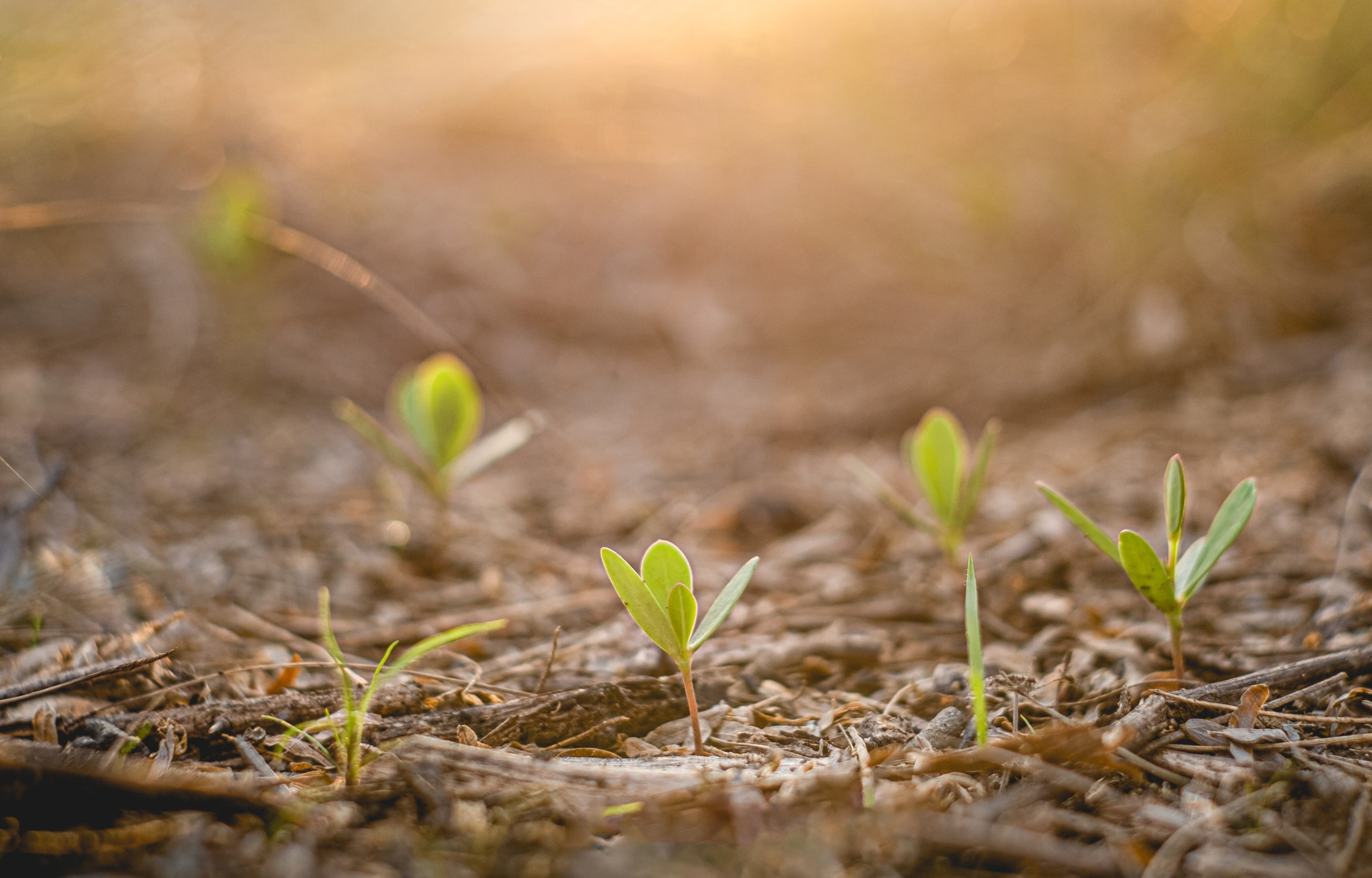Bill Suhr and Andrea Scott were not intentionally looking for conserved land when they found the 158-acre parcel that is now home base for Champlain Orchards.
The land in Shoreham, Vermont had been Laramie Point Orchard, and was in the process of being conserved as agricultural land by the Vermont Land Trust (VLT) as part of their Farmland Access Program. With this program, the trust procures the land and places a conservation easement which keeps the property as perpetual farmland, and in turn makes the property more affordable for the farmer.
In the case of Champlain Orchards, the $320,000 asking price was cut in half, allowing them to purchase the property in 1998. “It was a huge financial advantage for a 27 year-old who had never farmed before,” shared Bill. “It’s a story in itself, the land trust taking a risk on someone with no experience, but with a lot of initiative.”
At the time, Bill was working as an environmental consultant, and he kept the job the first year owning the orchard. This was another piece to the success of the orchard. Having alternative income allowed him to obtain a traditional loan at a 7.5% interest rate, instead of the 12% or so rate that a farm loan would have accrued. At the time, he was unaware of state programs designed to assist farmers, like the Vermont Agricultural Credit Corporation (VACC). VACC is a Vermont Economic Development Authority (VEDA) program that focuses on agricultural loans. He now also points to Federal Farm Service Agency (FSA) loan programs as an avenue for farmers looking to finance their land.
Between the finances saved through the conservation easement and the lower interest rate, Bill and Andrea were able to invest more into building the success of the farm, Bill reflected. “The key here is because that property became significantly more affordable, income went back into infrastructure instead of a daunting mortgage. That was the real assistance looking back, we weren’t just buried in debt.”
In the years since 1998, they have acquired three more properties, all using some creative financing. The second parcel had already been conserved by the VLT, but through an “ag option” that essentially asserts that the property is being sold strictly for agricultural use, they were able to shave over $100,000 off the 107-acre property.
Two additional properties are leased with no money exchanged. The orchard is only responsible for maintaining the property for out-of-state land owners.
The fourth property was purchased through what Bill called “financing within a family”. The money was borrowed from a family member, at a low interest rate. The low rate benefits the orchard, but also the lender, because it is higher than a traditional savings account.
Bill also mentioned that renting space, like the two houses that came along with one of the properties, can also help to offset a mortgage.
In the past 15 years, Champlain Orchards has used a variety of methods to access land and finances, and in return have been able to build a successful farm business whose products can be found across three states.
Bill says the first thing he would do as a young Vermont farmer is reach out to the Vermont Land Trust. “There are farmers that want to retire, and unique arrangements can be formed.” With just a little initiative, who knows what could happen.




